
Zoonotic & Vector-Borne Diseases
Latest News
Latest Videos

CME Content
More News
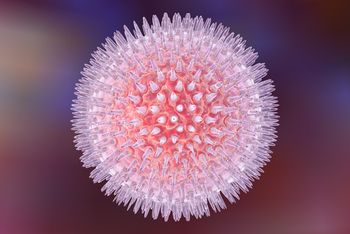
As children born in 2015-2016 with congenital Zika syndrome age, investigators are gradually able to assess neurodevelopmental outcomes.
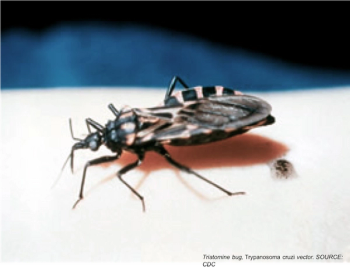
While locally-acquired Chagas disease is rare in the United States, the testing of a blood donation sample led to what is likely the first documented case of the disease in Missouri.

Most US cases of dengue came from patients with a history of travel, according to a new report.
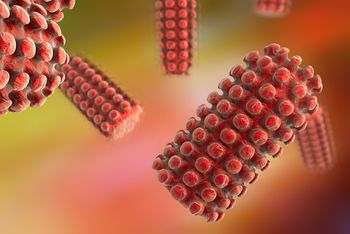
A mass rabies exposure event in Utah in 2018 highlights the need for early recognition, public awareness and rapid public health response to the disease.

The PRIMVAC placental malaria vaccine candidate was found to be safe and immunogenic.
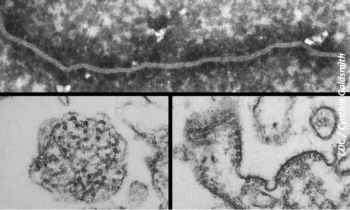
A phase 1 clinical trial suggests that the m102.4 antibody is well tolerated and safe for use as a treatment against henipaviruses.
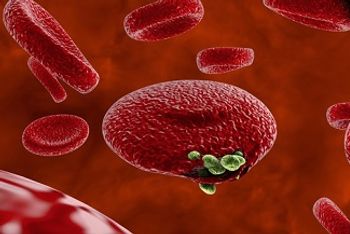
A phase 1 clinical trial sponsored by the National Institute of Allergy and Infectious Diseases will test the safety and effectiveness of monoclonal antibody CIS43LS used as prophylaxis against malaria.

According to new data, the prevalence of birth defects potentially related to Zika virus infection increased fourfold from January through March 2017 when compared with January to March 2016.
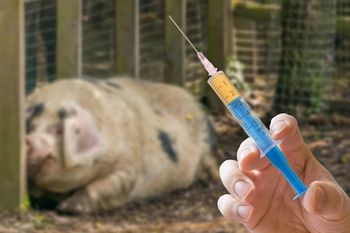
Agencies such as the CDC have taken principles on-board over the past 10 years, better sharing information on outbreaks in both animals and humans.
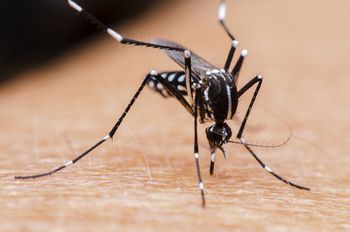
Mosquito-borne viruses can wreak havoc and be exceedingly difficult to track and control. New research suggests one tool to stop outbreaks might be a skin cream that’s already widely available around the world.
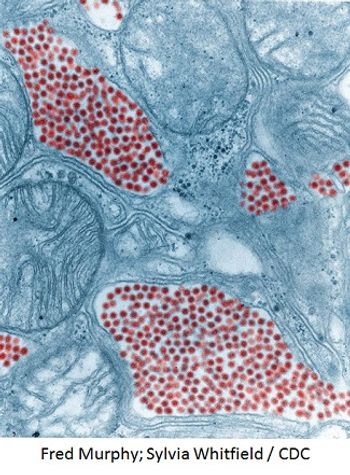
According to CDC data, 34 cases of EEE were recorded in humans in 2019. In total, 94% of patients were diagnosed with encephalitis and 6% were diagnosed with meningitis.

A new study provides detailed description of newly identified BoDV-1 induced encephalitis cases, establishing the infection as a potentially lethal zoonosis which can impact immunocompromised and healthy individuals.

A study in JAMA Pediatrics suggests that infants exposed to Zika in utero who do not show signs of congenital Zika syndrome may still be at risk for abnormal neurodevelopmental outcomes.

Rapid diagnostic tests provide a potential alternative for diagnosis of Chagas disease in the context of material constraints.

A meta-analysis of seroprevalence rates estimates that one-fifth of the world’s population carries antibodies against Toxocara.

Observations about the body’s response to malaria infection can lead to new treatments for HIV and lupus, investigators believe.
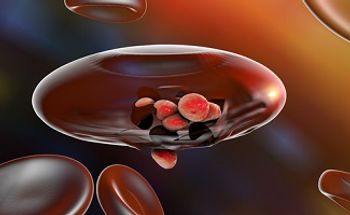
New guidance issued by the CDC offers details on the dosing, efficacy and safety of tafenoquine for prevention and antirelapse therapy for malaria.

A new commentary describes the EEE virus along and points to research and development that is needed to address the growing threat of the virus and other vector-borne conditions.
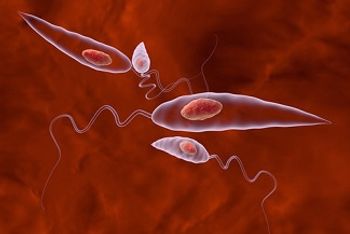
A new study published in Science Translational Medicine reveals that genetic testing can identify patients with leishmaniasis unlikely to respond to conventional treatments, allowing clinicians to find candidates for alternative therapies ahead of time.

Incorporating a signaling protein known as B cell activating factor into the rabies vaccine improved speed and strength of the antibody responses, investigators at Thomas Jefferson University found.

A new study demonstrates that having access to mobile phone location data can provide helpful information on an outbreak’s spread through the urban environment.

The vaccine candidate, TAK-003, is based on a live-attenuated dengue serotype 2 virus, which provides the genetic “backbone” for all 4 serotypes.

Zika virus was previously only found in regions of Asia, the Pacific Islands, South America, and Africa. ECDC has now confirmed 3 locally acquired cases in southern Europe.
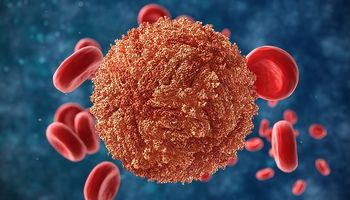
By repurposing the HIV treatment rilpivirine, investigators have opened up possibilities for treating Zika virus and other flavivirus infections which overlap with HIV.
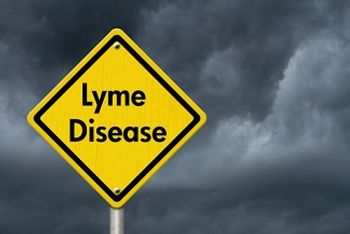
A group provides an overview of ongoing research and current approaches being evaluated for the prevention of tick-borne disease.









































































































































































































































































































































